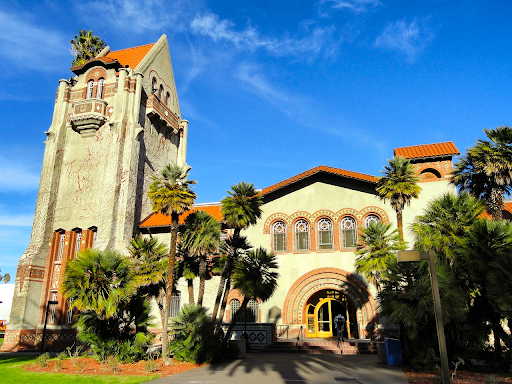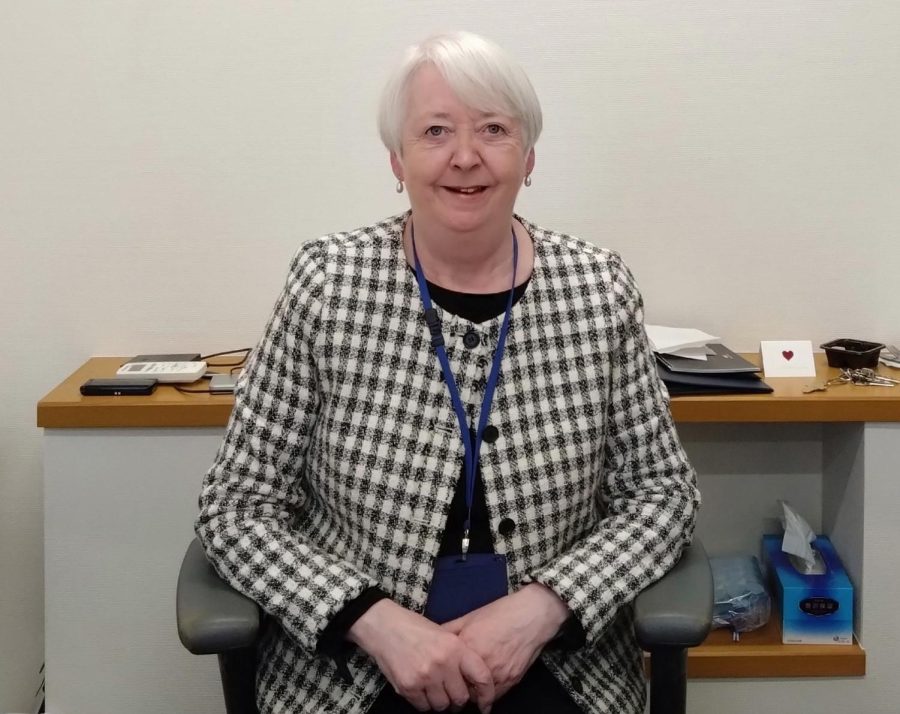The overturning of affirmative action in the Supreme Court case has set a new standard for race-conscious decisions, in that considering race in college decisions is now unconstitutional.
Some celebrated while others mourned the demise of race-conscious decisions. What didn’t happen was bringing the race question into a broader perspective of primary, secondary, and higher education. The schools that were involved in this particular court case, Harvard University and UNC Chapel Hill, are amongst America’s top 20 universities. Their admissions only account for a very small percentage of the race and education question. In fact, less than 2% of all Americans attending college go to a T20 university.
What the College Board lacked in its years of withholding AP scores by race data, they have redeemed in a telling report that sheds light on what wasn’t discussed amidst the Supreme Court case. The report consists of score disparities amongst racial minorities like African Americans and Hispanics while contextualizing these scores by “controlling for prior academic achievement.” Essentially meaning, “characteristics” of the schools and students that Black and Hispanic students attend, as opposed to their White counterparts. Admittedly, the College Board was fairly vague with their description of what these “characteristics” were.
An interesting figure that the College Board reports on the score disparities between racial minorities and majorities revealed is the raw difference in scores and the difference in scores “after controlling for prior academic achievement.” A comparison of AP scores from Hispanic and White students revealed that the raw difference of the percentage of students that achieved at least a 3 (passing grade) on AP exams averaged approximately 17-25%. This means that 17-25% less Hispanic students scored at least a 3 on AP exams than their White counterparts.
While composite scores with controlled variables accounted for “difference in prior academic preparation” which involved controlling for “student and school characteristics” the gap between White and Hispanic students minimized to only about 1%. In other words, if Hispanic students had equal “prior academic preparation” their performance on AP exams would only differ by 1% fromto their White counterparts. The College Board summarized these statistics to claim that “equitable academic resources and opportunities in earlier grades are critical to eliminating racial/ethnic performance gaps in advanced classes.” Their summary suggests that the gap lies in the difference in quality and accessibility that racial minorities like Black and Hispanic students face in primary and secondary education, compared to their White counterparts.
While it takes much more than AP scores to reveal the true racial gap between primary and secondary education, it widens the scope of the core issue that the Supreme Court case grappled with.
The comparison of scores that took into account primary and secondary education was intentional as it brought racial inequality in education before university to question. In the US, 60% of the public education fund comes from property taxes, meaning the affluence of your neighborhood is imperative in ensuring the quality of primary and secondary education. The National Equity Atlas reported that in 2020 19% of the African American population and 15% of the Hispanic population live in “Neighborhood Poverty” while their White counterparts stand at 4%. However, even these statistics are not straightforward. USA Today reported that Brown University found Hispanics who make more ($75,000 a year) than an average low-income White family ($40,000 a year) live in less affluent neighborhoods than their low-income White counterparts. In fact, John Logan, Brown University’s sociologist and director of the US2010 states that Black and Hispanic families tend to steer away from living in more affluent neighborhoods even if they can afford them because these neighborhoods are predominantly White. In other words, many middle-income families choose to live in low-income neighborhoods to surround themselves in a more diverse and comfortable environment. Thus, resulting in their children having to attend schools within districts that have a significantly lower level of academic opportunity and preparation.
The root issue is that this cycle of inequality and opportunity for minorities to pull their families into a better financial situation is being impeded by systemic racism. Isn’t that what affirmative action aimed to eradicate?
Affirmative action in elite universities has now become a game of filling up a perfect pie chart of a diverse freshman class. Yet, the problem with attempting to equalize that gap lies in expecting a problem that stems from kindergarten education, to be rectified with a solution that only considers disparities at the college level.
The attention that the Supreme Court hearing regarding race-conscious decisions in Harvard and UNC Chapel Hill garnered, is a testament to how the hyperfixation on elite universities is taking the conversation away from the many other racial inequalities that plague the education system. For example, the disparities in university endowments.
Lilly Endowment gifted 100 million dollars to the United Negro College Fund, who then distributed this endowment to a pool of 37 HBCUs (Historically Black Colleges and Universities), in light of the disparity between the financial budget of non-HBCU private institutions and HBCUs. Associated Press reported that non-HBCU private institutions have endowments worth up to seven times the endowments ofHBCUs do, Tthis wealth allows private colleges a significant advantage in spending on long-term investments such as infrastructure and financial aid. Micheal Lomax, CEO of UNCF (the organization that will be distributing the 100 million dollars to HCBUs) told the Associated Press, “Black families have fewer assets than non-Black families. They live paycheck to paycheck. Many of our smaller HBCUs live on the tuition revenue semester by semester. They need a cushion. This [gift] is that cushion.”
The Supreme Court case has narrowed our focus to a small portion of the population and an even smaller sector of education. This is a problem. What we need to realize is that not everyone’s idea of success is going to Harvard, it might just be going to college at all, which shouldn’t be impossible, for anyone.












































